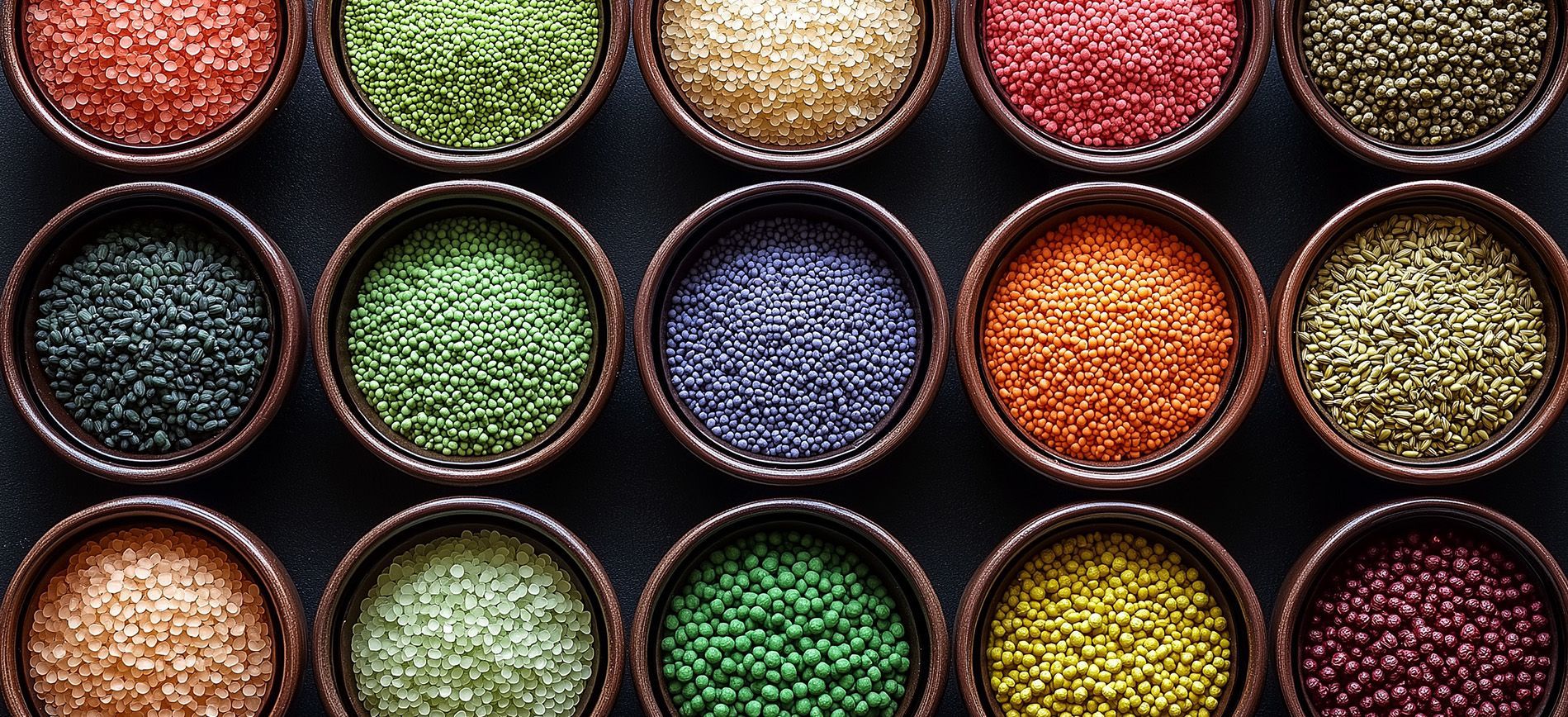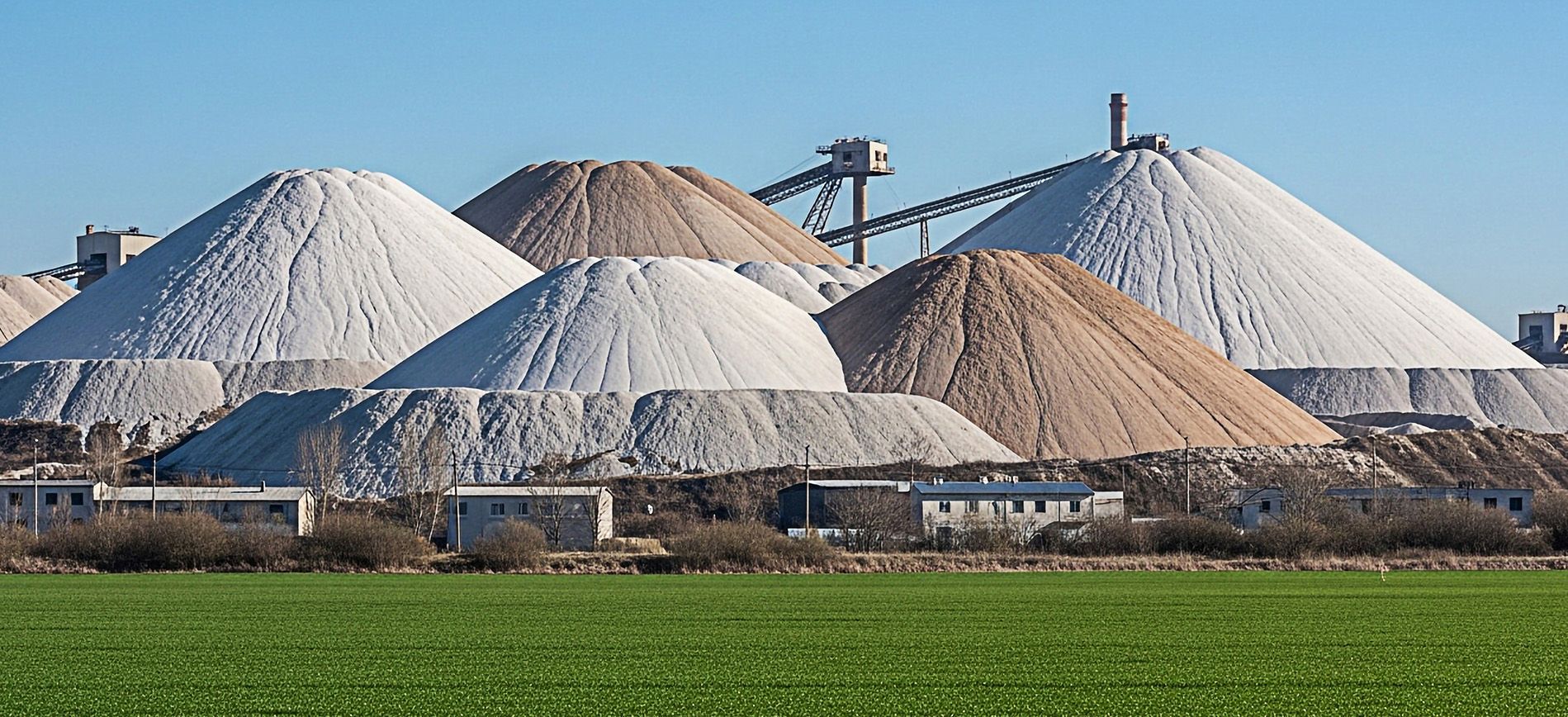The Advantages of Using Urea Fertilizers in Dryland Farming
The Advantages of Using Urea Fertilizers in Dryland Farming

Dryland farming is characterized by low rainfall and nutrient-poor soils, posing significant challenges for farmers in regions with arid and semi-arid climates. To overcome these challenges, fertilizers, especially Urea 46%, play a vital role in providing essential nutrients to crops, promoting healthier plant growth, and improving yields. This blog explores the advantages of using Urea 46% in dryland farming, and how sustainable practices can help farmers maximize its benefits.
1. Challenges of Dryland Farming
Dryland farming is practiced in regions where water scarcity is a major issue, and soil fertility is often limited. In such environments, crops struggle to absorb essential nutrients, leading to reduced yields. The low moisture content in the soil also makes it difficult for plants to thrive, creating a need for nutrient-rich fertilizers that can compensate for the lack of natural nutrients.
2. Why Urea 46% is Ideal for Dryland Farming
Urea 46% is one of the most effective nitrogen fertilizers available, offering a high concentration of nitrogen in a readily accessible form. Its advantages in dryland farming include:
- High Nitrogen Content: Urea 46% delivers a significant amount of nitrogen, which is essential for promoting healthy plant growth, especially in nutrient-deficient soils.
- Cost-Effective: Urea is often more affordable compared to other nitrogen fertilizers, making it accessible to farmers operating in resource-limited environments.
- Efficient Uptake: When applied to the soil, urea breaks down into ammonium and nitrate, both of which are easily absorbed by plant roots, ensuring that plants receive the nutrients they need despite poor soil conditions.
3. Sustainable Fertilizer Use in Dryland Farming
While Urea 46% is an effective fertilizer, sustainable practices are essential to ensure that its use does not lead to soil degradation or environmental harm. Best practices include:
- Soil Moisture Management: Applying urea during periods when soil moisture is higher can enhance nitrogen uptake, as moisture helps dissolve the urea, allowing it to be absorbed by plant roots more effectively.
- Split Application: Rather than applying the entire amount of urea at once, split applications throughout the growing season ensure that plants receive a steady supply of nitrogen without excess runoff or leaching.
- Use of Cover Crops: Growing cover crops during the off-season can improve soil structure, retain moisture, and reduce erosion, enhancing the effectiveness of urea in subsequent growing seasons.
4. Improving Crop Yields in Arid Regions:
By using Urea 46% in conjunction with sustainable farming practices, dryland farmers can significantly improve their crop yields. Nitrogen from urea encourages robust vegetative growth, enabling crops to better withstand the harsh conditions of arid climates. Additionally, the increased yield potential provides economic benefits to farmers, helping them overcome the financial challenges associated with dryland farming.
Conclusion
In dryland farming, where soil fertility and moisture are limited, Urea 46% offers an effective solution for delivering essential nitrogen to crops. By adopting sustainable application techniques and managing soil moisture levels, farmers can maximize the benefits of urea and improve their crop yields, even in challenging environmental conditions. Dryland farmers who integrate urea fertilizers into their crop management practic




